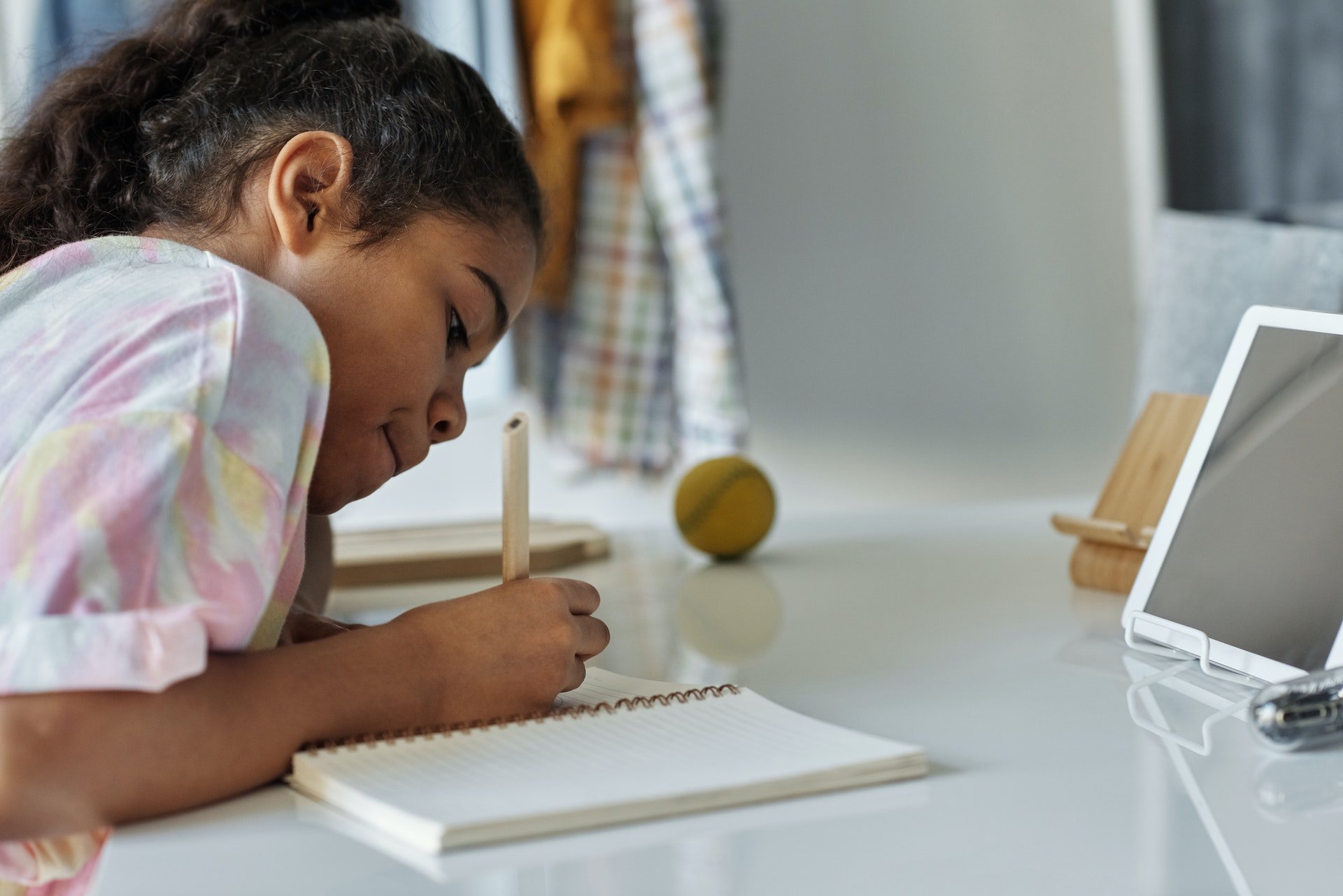As we settle in to another roller coaster ride of an academic year, it’s important that we reflect and celebrate all that we learned about ourselves as educators last year. And, it is an amazing opportunity to encourage our students to do the same. Really, any time is a great time for reflection and self-assessment.
Universal Design for Learning (UDL) is a framework that embraces variability, focuses on firm goals and flexible means, and promotes learner agency. If we want our students to grow learner agency, we have to foster self-direction and provide opportunities for them to reflect and grow.
There is an incredible toolkit that includes developmentally appropriate rubrics for student self-assessment. You can access these rubrics, and instructions for using them here. In each rubric, the first step of self-direction is self-awareness, a process of, “Reflecting on past experiences to evaluate one’s own strengths, limitations, motivation, interests, and aspirations within different learning contexts.”
Supporting Student Self-Reflection
At any time of year, it’s a wonderful time to celebrate student self-awareness and help them to embrace and celebrate themselves as learners.
I was inspired to create this assignment by Ashley Smith, a teacher in Ohio. She asked if there was a tool to support student reflection that aligned to UDL. Since I couldn’t find one - we decided to create one! I created a draft prompt, a graphic organizer, and a rubric and Ashley and her team provided feedback. As a next step, I gave it to my four kids (Grade 6, twins in Grade 4, and kindergarten) and I asked for their feedback. Originally, I drafted four questions to drive reflection:
- What am I good at?
- What am I interested in?
- What is challenging for me?
- What helps me do my best work?
My kids agreed I needed to ask additional questions because they “couldn’t think of anything.” We came up with these prompts together! Your students may want to add more.
| Prompts | The following prompts may help you to brainstorm: |
|---|---|
| What am I good at? |
|
| What am I interested in? |
|
| What is challenging for me? |
|
| What helps me do my best work? |
|
I also shared my original rubric and my son Boden, the kindergartener, said, “I don’t even know what that means.” So we simplified it!
Together, we created the following. Share with your learners and ask them to suggest additional supports or options for expression.
Prompt
Learning About Yourself As a Learner
Every day, you have an opportunity to learn about yourself as a learner. Maybe you have learned that you understand more from class when you take notes, or that you comprehend more when you listen to an audiobook while you’re reading, or that your writing is so much more organized when you use a graphic organizer. Take some time and think about yourself as a learner and what you have learned about yourself in your time as a student. Answer the following questions in your response:
- What am I good at?
- What am I interested in?
- What is challenging for me?
- What helps me do my best work?
If you are struggling to come up with answers, you can access additional questions that may support your thinking. Feel free to write or draw your answers to the questions or just use the Graphic organizer to guide your thinking.
Reflection options: Share your reflection and your answers to the questions above in any form you choose. Here are some ideas:
- Write a letter to your teacher(s). You can write it by hand, use the computer, or even buy or make a card.
- Write a poem.
- Create a short video reflection. You can record yourself on a device or create an animated video using a tool like Powtoon where you can share your reflection with images.
- Record a podcast where you record your voice.
- Create a slideshow or an infographic where you answer the questions.
- Make a poster or model where you answer the questions.
Rubric: This is a holistic rubric adapted from the Best-Future.org rubric for self-direction. If you would prefer it as a single-point rubric, use the criteria for “Applying".
| Prompts | The following prompts may help you to brainstorm: |
|---|---|
| Emerging |
Identify my learning preferences and explain how they relate to my personal strengths and interests.
|
| Developing |
I can describe my strengths, my interests, and/ what is challenging for me. Prompt answers the questions:
|
| Applying |
I can describe my strengths, interests and also what challenged me and can describe strategies that allow me to do my best work.
|
| Extending |
I can discuss specific examples from my past and present work to show how I used my strengths to make some progress and learn when things were challenging.
|
When we design opportunities for students to reflect on their learning, we are creating opportunities for students to learn about themselves as learners. Take the next step, propel your learning, and help to foster learner agency by supporting student reflection - in any environment!
Updated from original publishing date (2021)



